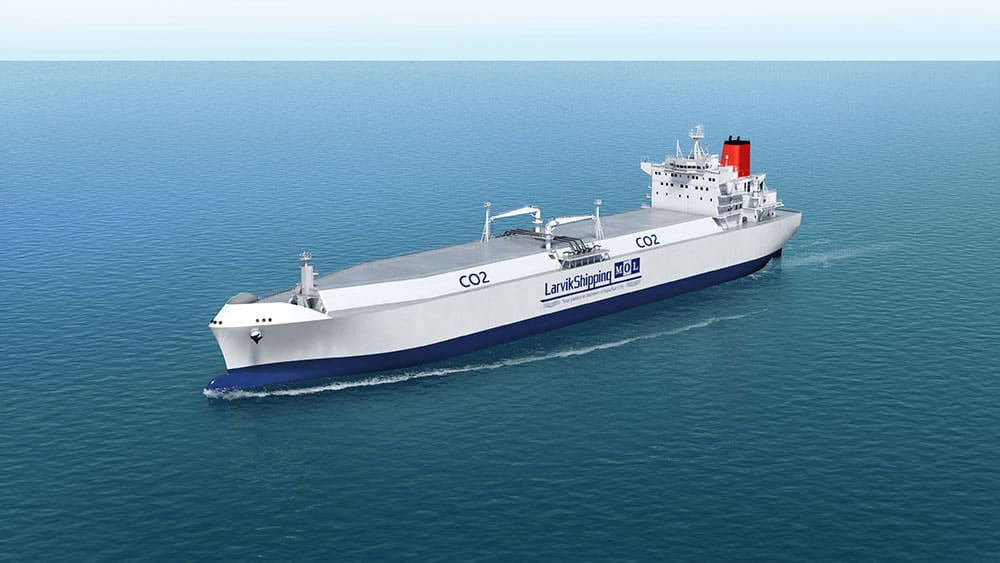MOL to Explore CO2 Ship Transport in Japan’s Carbon Storage Project

TOKYO – Mitsui O.S.K. Lines (MOL) has joined hands with several major companies to study the transport of liquefied carbon dioxide (CO2) by ship. The study is part of Japan’s efforts to reduce carbon emissions through Carbon Capture and Storage (CCS), with support from the Japan Organization for Metals and Energy Security (JOGMEC).
This research, running through fiscal year 2024, will explore how ships can safely move liquefied CO2 to an underwater storage site near Kyushu Island. Japan aims to develop CCS technologies to help meet its carbon neutrality goal by 2050.
Details of the CCS Project
- Companies Involved:
- West Japan Carbon Dioxide Storage Survey Co.
- ENEOS Corporation
- Electric Power Development Co. (J-Power)
- JX Nippon Oil & Gas Exploration
- Emission Sources:
- ENEOS refineries
- J-Power’s thermal power plants (Seto Inland and Kyushu regions)
- Transport Methods: Ships and pipelines
- Storage Site: Marine saline aquifers off western Kyushu
- Storage Capacity: 1.7 million tons of CO2 per year
Japan’s Carbon Goals and CCS Plan
Japan’s government is focusing on advanced CCS projects to cut emissions and build a sustainable business environment by 2030. The Ministry of Economy, Trade, and Industry (METI) is working closely with JOGMEC to launch large-scale carbon storage programs. This project continues from last year when MOL, ENEOS, J-Power, and JX started exploring how CCS technology could work off the coast of Kyushu.
During that phase, MOL studied potential voyage routes for CO2 carriers, transport costs, and key challenges like maintaining low temperatures and pressure during transportation.
MOL’s Role in FY2024 Study
MOL will continue researching how to safely transport liquefied CO2 by ship and identify any risks or technical hurdles. Their goal is to have a fully operational CCS transport system ready by 2030. This is part of MOL’s long-term mission to support green energy and decarbonization while expanding beyond traditional shipping services.
MOL’s plans align with the company’s BLUE ACTION 2035 strategy and Environmental Vision 2.2, both of which focus on building sustainable businesses and reducing carbon footprints. MOL aims to contribute to society by developing low-carbon technologies and preserving the world’s oceans.
